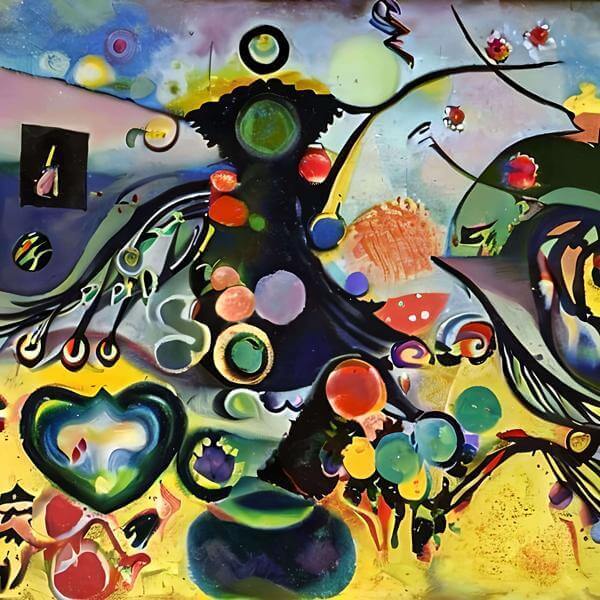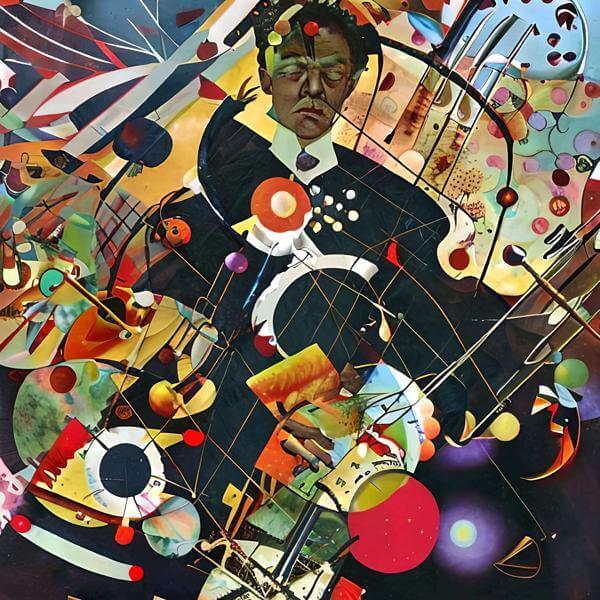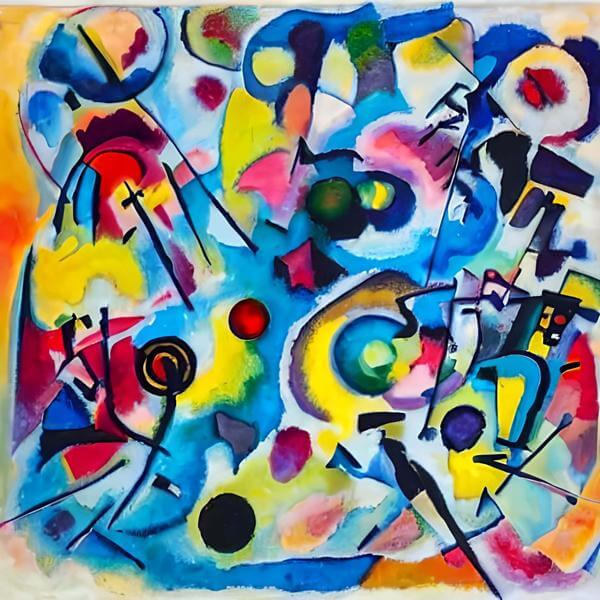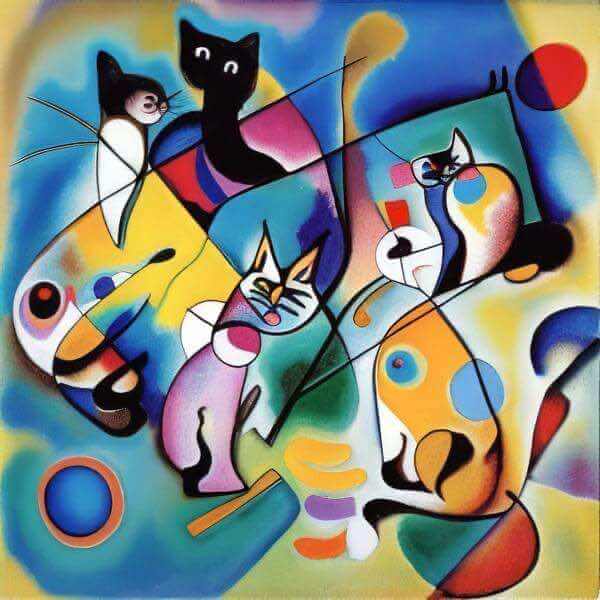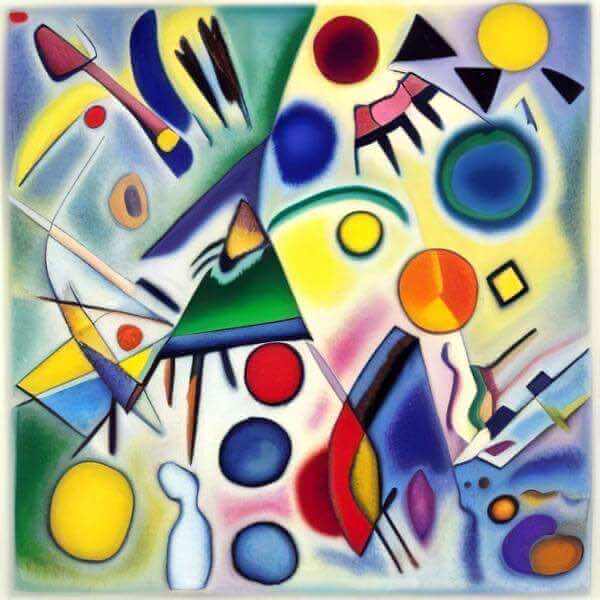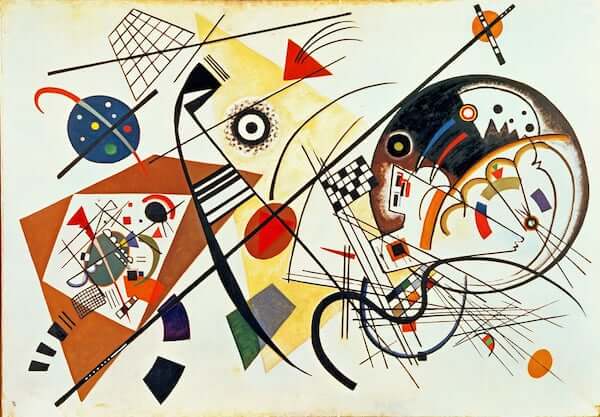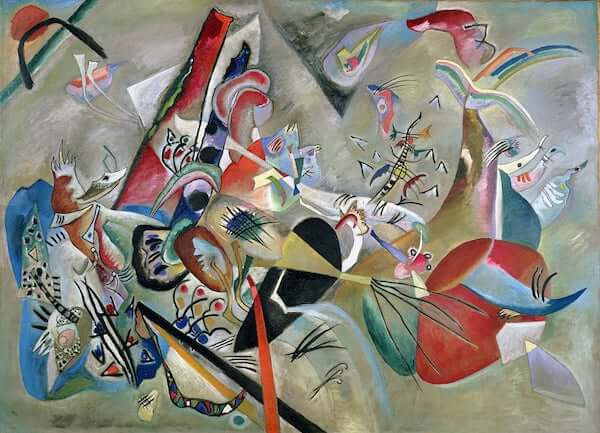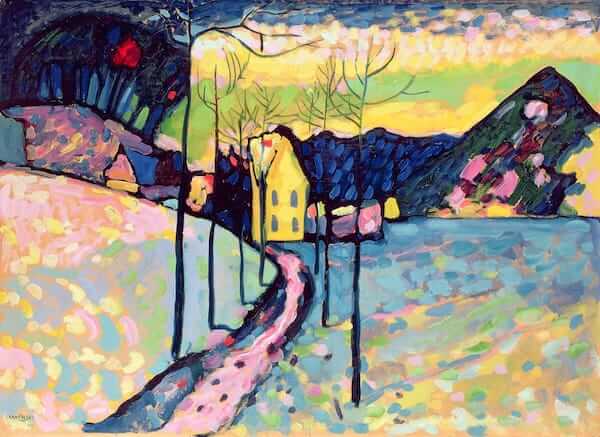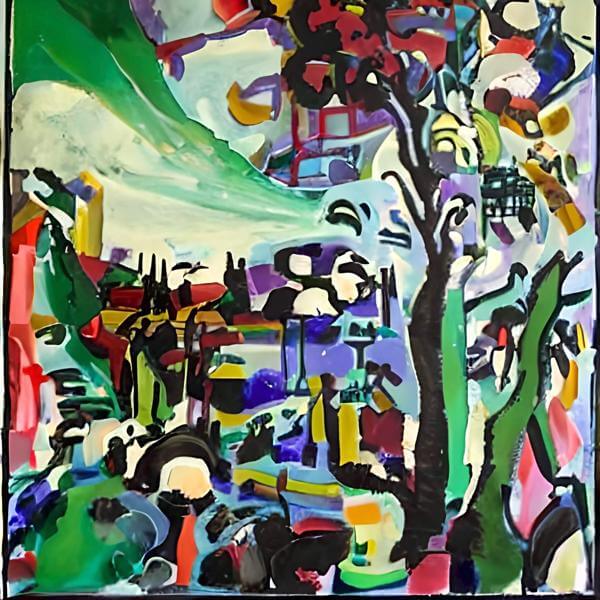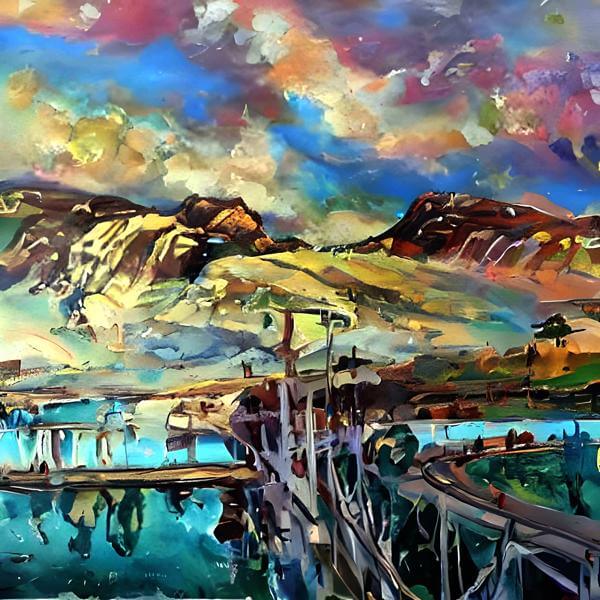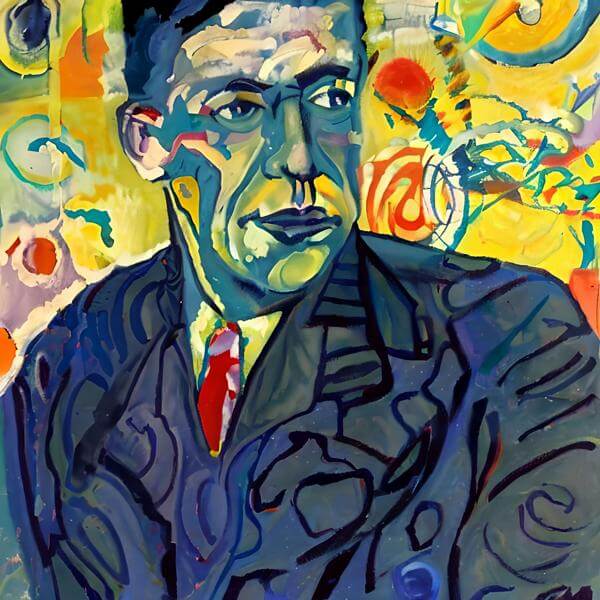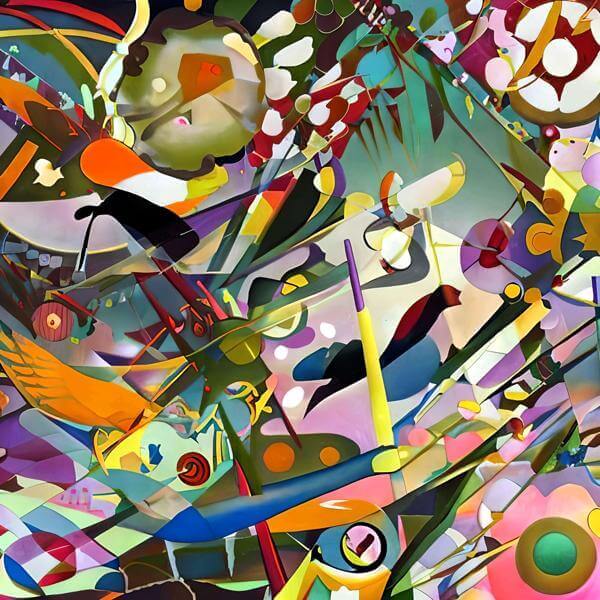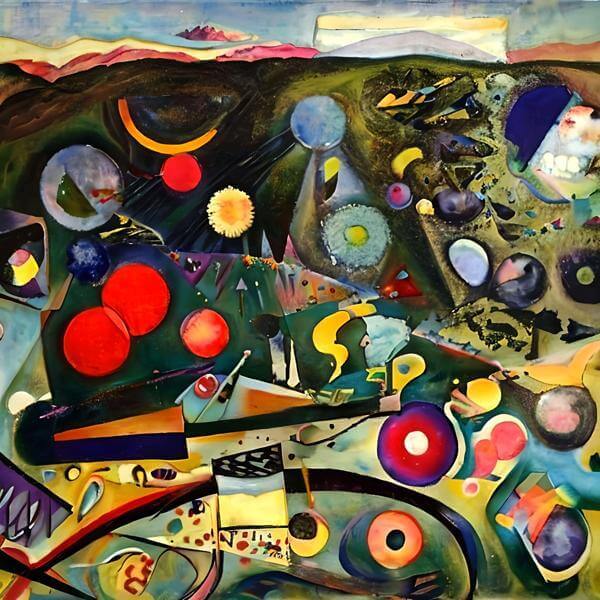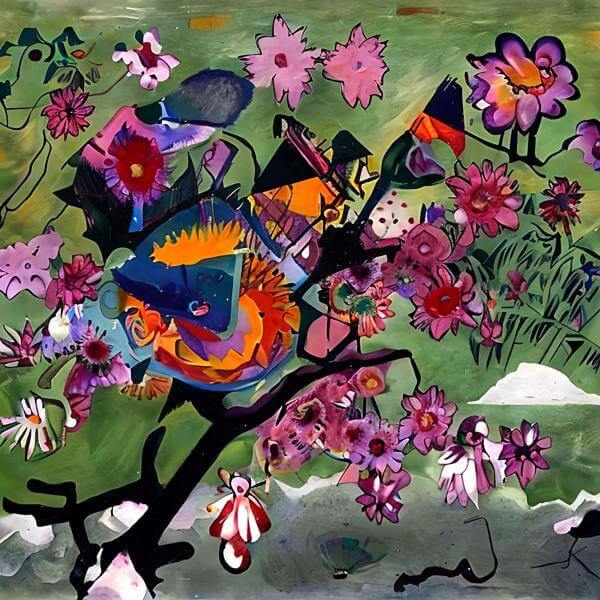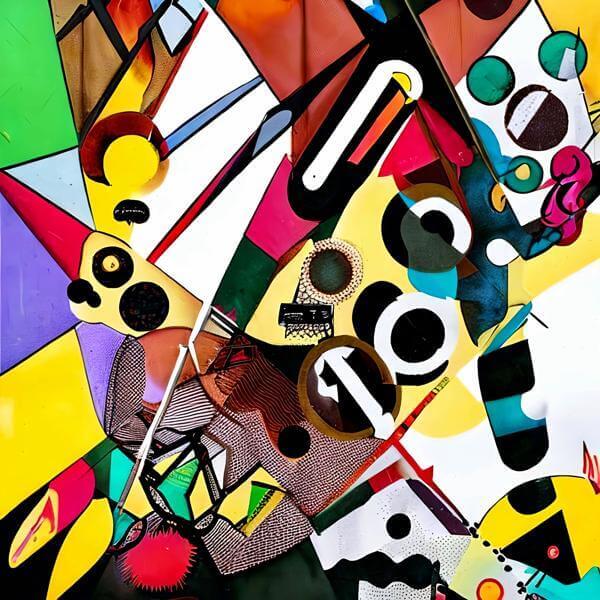🤖🖼 AI Art Blog ―To inspire AI to create paintings― 🅰🅸 🅰🆁🆃
A blog related to original AI artworks.
“Negation” Makes It More Attractive Kandinsky-style AI Art
When using Stable Diffusion 2.1, it is possible to obtain a diverse range of images with varied transformations by specifying a single word as both a positive and negative prompt simultaneously. When trying this with Kandinsky, I obtained results that exceeded my expectations.
Although Kandinsky has also created many representational paintings, when giving “Kandinsky” or a similar spelling to AI art programs such as Stable Diffusion 1.5 and 2.1, various styles of abstract paintings can be obtained, which may seem monotonous in terms of variation.
Even when given themes such as cats or insects, the program still draws similar abstract paintings.
To illustrate the diversity of Kandinsky’s paintings, let’s take a look at some of the actual paintings he left behind. As there are overwhelmingly more abstract paintings on the internet, I think AI tends to draw only such paintings, but Kandinsky himself painted even more diverse works. Here are just two examples.
In addition, Kandinsky’s art books include many more representational paintings, but you can also find some landscape paintings on the internet.
AI should be able to draw more diverse paintings. So, I tried using the string “Kandinsky” as a negative prompt, and the result was more effective than I had imagined. Here are just a few examples.
Although there is a tendency to deviate from Kandinsky’s original paintings due to the negation, the dominant trend when not giving a negative prompt is negated, resulting in an increase in diversity. To me, this is attractive. Most of the resulting paintings are highly abstract, but there are also some concrete ones.
Furthermore, when words such as expressionism, impressionism, and abstraction were given as negative prompts, very attractive and expressive images were obtained for each. Of all the images obtained, the one I liked the most was generated by expressionism, and examples of images obtained is shown below.
Although the images shown here are generally similar to those obtained without negative prompts, the colors and textures have become more diverse and have a three-dimensional quality, making them much more interesting. I don’t understand why negating expressionism produces these results. I negated expressionism because Kandinsky is said to be an expressionist. However, the resulting images seem even more expressionistic to me. The images shown here are more attractive to me than those painted by Kandinsky.
Additionally, the images obtained by negating abstraction include the following. While there are some concrete elements due to the negation of abstraction, the majority of the images are essentially abstract paintings.
The ones shown here are just a few examples, and there are many other interesting images as well.
Furthermore, the images obtained by negating impressionism include the following.
I believe Kandinsky’s paintings are distinct from Impressionism, but the effectiveness of negating Impressionism may be attributed to his initial connection to it. Alternatively, considering the effectiveness of using the spelling that includes “ssionism” as a positive prompt, it can be speculated that it may have a similar effect when used as a negative prompt. The effectiveness of “ssionism” could stem from the fact that both Expressionism and Impressionism include “ssionism” in their spelling.
Regarding the results of negating the names of painters other than Kandinsky, I wrote in the article titled “Diversifying Generated Images by Specifying Painter Names in Positive and Negative Prompts”
Dasyn.com デイシン
Created: 2023-05-12 21:10 Edited: 2025-10-31
